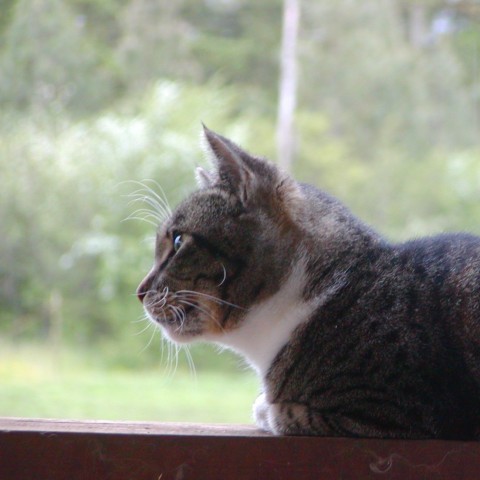Your posts are always changing. As you write your posts the most current will be on the top of you blog.page. Your visitors will always have a fresh post to read which will engage them and keep them coming back to see what's new
The older posts will be archived and stored in chronological order by year and month. This is great, but what if your fans are interested on one of the topics you have just posted and want to read more on the same subject? This is where categories come in. By assigning categories to your posts, you will make it possible for visitors to view all your posts related to a certain subject.
But to add categories to your posts you first have to create the categories. This is done in the "Posts", "Categories" screen in your Dashboard.

- Highlight "Posts" and select "Categories"
- Type in a name for your category
- The slug will be the same as the category or you can make it anything you wish (this is what will show in the URL address box)
- Enter a "Parent" category if you want your category to be under another category. For example: if you had a website on plants you could have a category "Trees" which could be a parent for "Shade Trees" which could be a parent for "Maples","Oaks", etc, Then when someone selected "Trees" they would get "Shade Trees" which would include "Maples" and "Oaks"
- Click on "Add your new category" to save it
Now you can go back to your posts and add categories to them. You can put posts into more than category.
By default all posts will go into the "Uncategorized" category which is not very helpful for your guests. Next I will tell you about how to improve this..
Removing the sample post does not remove the ability for your posts to appear on the front page.
If you remove the sample post, just write a new one and publish it and it will be on your front page.
The only time your page will take precedence over the posts is if you go to your settings page and set up a particular page as the front page.
All the best
John











